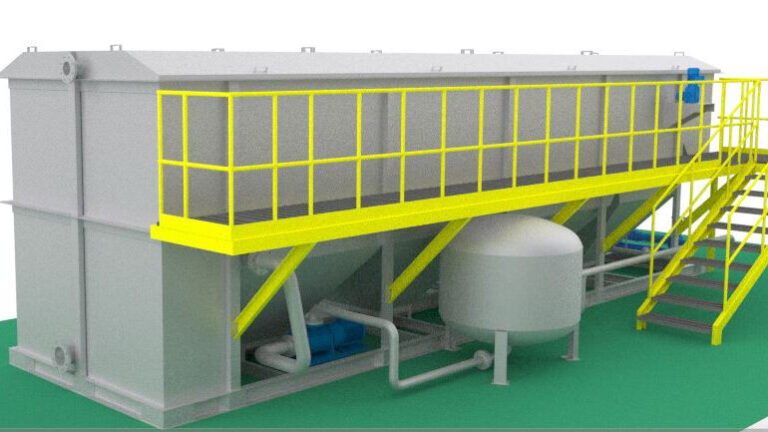Zero Liquid Discharge (ZLD) is a cutting-edge water treatment process that ensures no liquid waste leaves the boundaries of a facility. This process is becoming increasingly vital in industries aiming for sustainability and regulatory compliance. Achieving ZLD involves a series of advanced treatment steps that progressively purify and concentrate wastewater until only solids remain. Here’s a comprehensive guide to achieving ZLD, starting from the effluent treatment phase and progressing through advanced technologies.
Step 1: Effluent Treatment with Sand and Carbon Filters
Effluent Treatment Plant (ETP) / Sewage Treatment Plant (STP):
1. Preliminary Treatment:
– The initial phase involves screening and grit removal to eliminate large solids and grit from the wastewater.
2. Primary Treatment:
– Sedimentation tanks are used to settle out suspended solids. The clarified water is then directed to the secondary treatment.
3. Secondary Treatment:
– Biological treatment processes, such as activated sludge systems or biological reactors, break down organic matter using microorganisms.
4. Tertiary Treatment with Sand and Carbon Filters:
– Sand Filters:
– Sand filters are used to remove any remaining suspended solids. The water passes through layers of sand, which trap fine particles, resulting in clearer water.
– Carbon Filters:
– Activated carbon filters further purify the water by adsorbing organic compounds, chlorine, and other contaminants. This step enhances the water quality, making it suitable for further treatment.
Step 2: Ultrafiltration (UF)
Ultrafiltration (UF):
– Ultrafiltration is a membrane filtration process that removes particles, colloids, and pathogens from the water.
– The effluent from the sand and carbon filters is passed through UF membranes with pore sizes typically in the range of 0.01 to 0.1 micrometers.
– UF ensures the removal of remaining suspended solids and microorganisms, providing high-quality feed water for the next stage, Reverse Osmosis (RO).
Step 3: Reverse Osmosis (RO)
Reverse Osmosis (RO):
– Reverse Osmosis is a high-pressure membrane process that separates dissolved salts, minerals, and other impurities from the water.
– The UF-treated water is pumped through RO membranes, which effectively remove up to 99% of dissolved solids and impurities.
– The permeate (clean water) from the RO system can be reused in various industrial processes, while the concentrate (reject) is further treated in the ZLD system.
Step 4: Mechanical Vapor Recompression (MVR)
Mechanical Vapor Recompression (MVR):
– MVR is an energy-efficient evaporation process used to concentrate the RO reject.
– The RO concentrate is fed into an MVR evaporator, where it is heated to generate vapor.
– The vapor is then compressed using a mechanical compressor, which increases its temperature and pressure, allowing it to be reused for further evaporation.
– The MVR system significantly reduces the volume of the wastewater, concentrating it into a smaller volume of high-salinity brine.
Step 5: Agitated Thin Film Dryer (ATFD)
Agitated Thin Film Dryer (ATFD):
– The highly concentrated brine from the MVR process is sent to the Agitated Thin Film Dryer (ATFD).
– ATFD is designed to handle high-viscosity and high-solid-content fluids. It spreads the feed into a thin film on a heated surface, causing rapid evaporation.
– The remaining moisture is evaporated, and the solid content is continuously scraped off the surface and collected as dry solid waste.
– The dry solids can be disposed of safely or potentially reused, depending on their composition.
Conclusion
Achieving Zero Liquid Discharge (ZLD) is a multi-step process that involves advanced water treatment technologies. Starting with effluent treatment using sand and carbon filters, followed by Ultrafiltration (UF) and Reverse Osmosis (RO), the process continues with Mechanical Vapor Recompression (MVR) and concludes with the Agitated Thin Film Dryer (ATFD). Each step plays a crucial role in progressively purifying, concentrating, and finally eliminating liquid waste, leaving only solid residues. By implementing a ZLD system, industries can significantly reduce their environmental impact, comply with stringent regulations, and promote sustainable water management practices.











